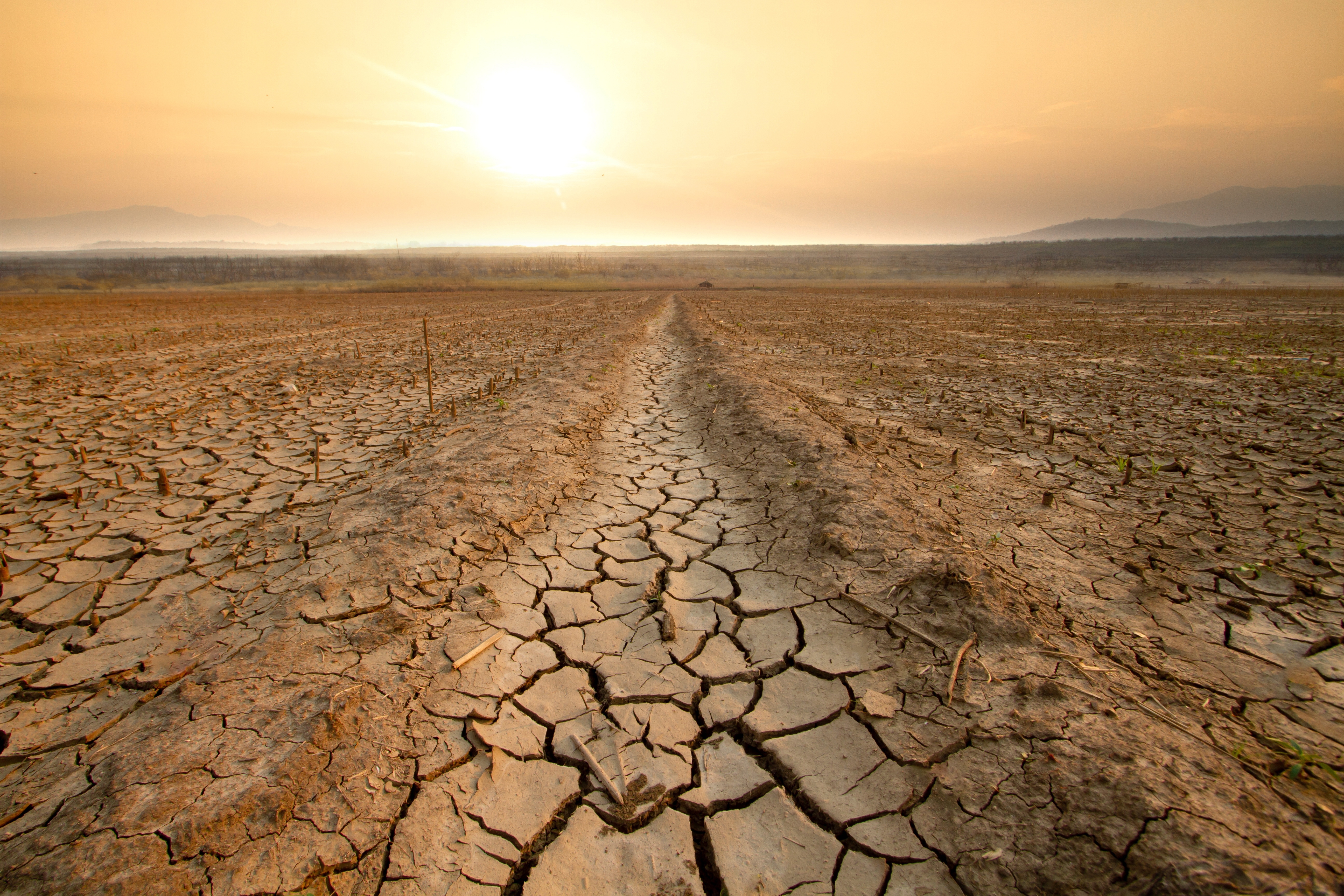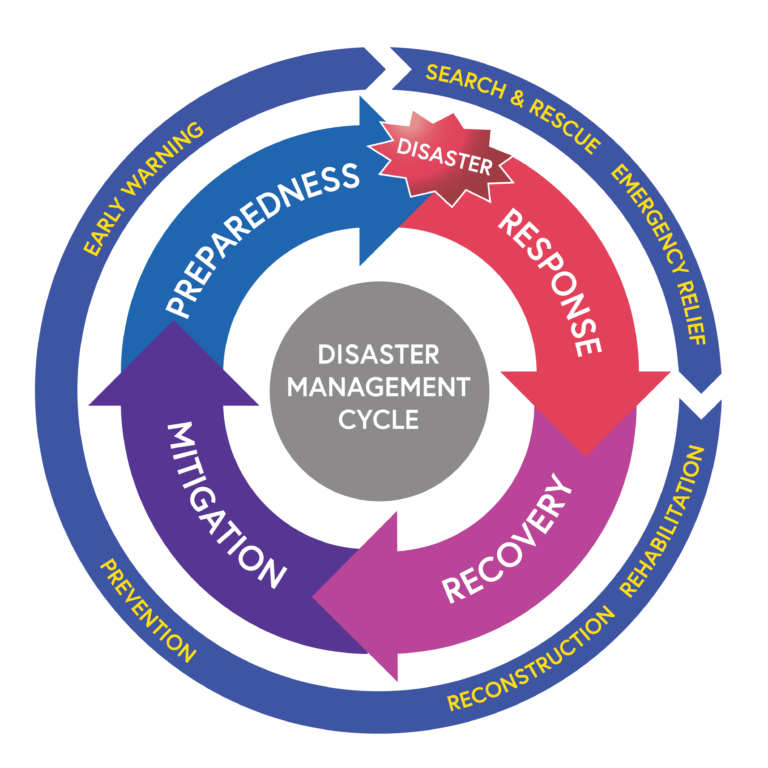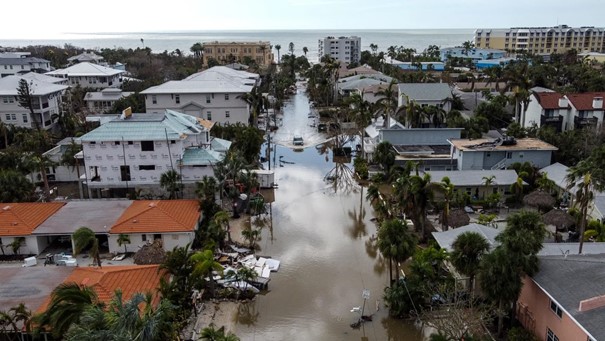Risk management cycle
As shown in the previous module, risk management aims to reduce the negative impacts of one or more associated risks. In the field of climate change, the concepts of risk and risk management have become increasingly central and overlap with the concept of resilience.
The IPCC defines risk management as “Plans, actions, strategies or policies to reduce the likelihood and/or magnitude of adverse potential consequences, based on assessed or perceived risks”. For example, effective disaster risk management can help avoid or limit the impacts of droughts, floods, and other extreme events.

Risk Management Cycle
Risk management is an iterative and ongoing process. It is made of different steps and phases which cover different moments in time, from immediate responses after a hazard takes place to prevention and preparation of future adverse events. A comprehensive risk management approach often involves sequences of analysis and assessment, identification of actions, response, learning and reassessment.
To facilitate understanding and planning for risk reduction, the risk management process is organized and visualized in a cycle. Typically, four different temporal stages are identified in relation to the moment when a “disaster” (a hazard with strong negative impact) takes place. The four stages are response, recovery, mitigation and preparation. Response and recovery take place after a disaster has happened, while mitigation and preparation work to prevent future disasters.

Figure 1: Disaster Management Cycle. Source:
https://www.futurelearn.com/info/courses/humanitarian-action-response-relief/0/steps/60986
The Four Stages of the Risk Management Cycle
Hover over each flip card to learn more about each stage
Response
Recovery
Mitigation/
Prevention
Preparedness
Case Study: Disaster Management Cycle in Practice – Hurricane Milton
In October 2024, hurricane Milton generated in the Gulf of Mexico and hit Florida as top rated category 5 hurricane, becoming the second-most intense Atlantic hurricane ever recorded over the Gulf of Mexico. Given the scale and the magnitude of the hazard, massive preparation efforts and emergency measures were taken, involving all government level (from the federal state to local counties) and relative departments. The region is notoriously exposed to this type of hazard, therefore there are some emergency plans in place and local communities have generally gained some experiences in how to cope with a hurricane. Just a few weeks before Milton, another hurricane (Helene, category 4) hit Florida, Georgia, North Carolina and Tennessee, causing more than 240 casualties and estimated damages between $30 and $47 billion; it was generally considered a governmental failure in preparation. On the contrary, the preparation for Hurricane Milton was considered more effective after the previous failure. Considering the scale and the magnitude of the hazard, Milton caused more than 30 fatalities and estimated damages for $34 billion.
Explore the actions below taken during Preparedness, Response, Recovery, and Mitigation phase, and consider how these measures helped reduce the disaster’s impact.

Figure 2: Hurricane Milton. Source:
https://edition.cnn.com/2024/10/11/us/florida-residents-home-hurricane-milton/index.html
Preparedness
Before Hurricane Milton made landfall, meteorological services closely monitored its development and trajectory, and early warning systems were activated. Emergency shelters were established, forced evacuation orders announced, public awareness campaigns were launched for at-risk population. Critical services like hospitals prepared for mass casualties, increasing stocks of supplies and medicines.
Response
It started as the hurricane approached land and primarily involved emergency response teams (such as fire departments) to assist affected populations. Thousands of residents were hosted in emergency shelters, while search and rescue operations were started. First response actions were also taken to restore electricity and communication networks, as well as to make main roads accessible again.
Recovery
The recovery phase is currently ongoing, focusing on rebuilding communities and restoring normal functioning of infrastructure, services and activities. Local governments and engineers assessed structural damage and identified weaknesses in existing infrastructure. Short-term recovery usually prioritizes critical infrastructure such as roads, hospitals, bridges, while long-term recovery supports the reconstruction of houses, businesses and other public facilities. Financial support and incentives are also provided by the government to the communities.
Mitigation
Mitigation interventions are crucial to reduce the long-term risks associated with future hurricanes. The rebuilding phase in the aftermath of a hurricane usually offers the opportunity for other interventions, such as updated building codes and flooding regulations, improve the drainage system and implement reforestation program. However, these interventions require community engagement and pose financial constraints.
Early Warning Systems
Watch this quick video to build an initial understanding of the concept.
As stated in the video, early warning systems are integrated systems for forecasting and monitoring hazardous events and communicating their potential risks. They are an essential component of the preparedness phase as they allow governments, communities and businesses to take timely actions in advance and reduce potential impacts. They often play a critical role in protecting lives, livelihoods and supporting sustainable development. Multi-hazard early warning systems address multiple hazards and impacts both individually and simultaneously, taking the potential interrelated effects into account. Examples of applications of early warning systems include floods, cyclones, storms, extreme heat and cold, avalanches etc.
Effective early warning systems rely on the systematic and accurate collection of data, often detecting real-time changes. However, they also need to be supported by effective communication and dissemination, preferably by official or authoritative sources. Failure in providing timely, accurate and actionable warnings can severely hamper the preparation for a hazardous event. Coordination across different government levels, among stakeholders and vulnerable communities is necessary to maximize the potential of early warning systems.
In Europe there is considerable experience with early warning systems, especially for flooding and extreme heat. They rely on effective climate services which support different sectors such as public health, agriculture, energy and transport.
For example, Meteoalarm is a joint effort from EUMETNET (The Network of European Meteorological Services) and provides alerts in Europe for extreme weather events and conditions.
The Copernicus Emergency Management Service (CEMS) operated by the Joint Research Centre of the European Commission provides access to various early warning systems (such as for flooding, forest fire, droughts etc.).

Summary
Reflection
- What is risk management and how does it connect with resilience?
- What are the main steps of the Risk Management Cycle? Why is it important?
- What are Early Warning Systems and where do they fit into the risk management cycle?




